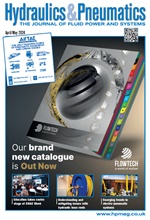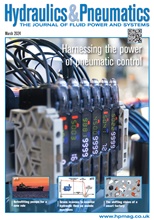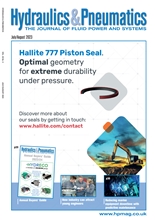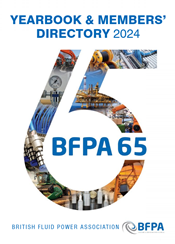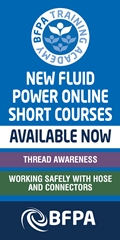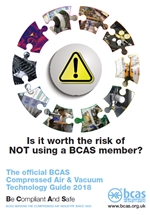Marine Compressors – guide to shipborne applications, energy efficiency and worldwide
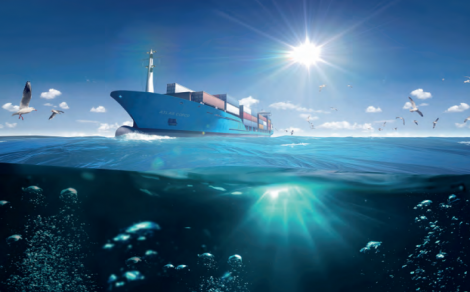
Stability at sea: The compressors’ component configuration should be designed to provide a low centre of gravity that minimises equipment stress even in severe running conditions. It must comply with the Lloyd’s Register Rules and Regulations of operating conditions for main and auxiliary machinery that: ‘installed equipment can operate normally in rough seas at an angle of inclination athwartships of 15 degrees static/22.5 degrees dynamic and 5 degrees fore-and-aft static/7.5 degrees dynamic’.
Electrical safety: Under the Lloyds’ regulations concerning location and construction of electrical installations, all electrical equipment is to be constructed or selected and installed such that live parts cannot be inadvertently touched, do not cause injury when handled or touched in the normal manner; and are unaffected by any water, steam or oil and oil vapour to which it is likely to be exposed.
Accessibility and compact dimensions: This is a major issue in equipment siting. However large a vessel may be, the engine room space is always at a premium. That is why the best option is to match required performance to equipment designed with fully integrated components, such as air dryers, thereby offering the smallest footprint.
A compact compressor’s dimensions should allow installation access through standard ship-sized doors and thus avoid hot work necessary to accommodate the unit. For the same reason, air connections and ancillaries such as condensate drains should be located at one side of each unit to allow maximum proximity to bulkheads and provide easy access for routine maintenance procedures.
Compliance: It is importance to establish that the materials, construction, and environmental impact of shipboard compressor equipment conforms to the rules, inspections, and certification procedures of the major recognised classification organisations. Lloyd's Register and American Bureau of Shipping, DNV, RINA, RMRS are just some of the major companies in the classification society business whose focus is to ensure owners and shipyards conform to the safety, security and quality standards set by the shipping industry.
It is the responsibility of the equipment manufacturers and suppliers to comply with all major classifications and Environmental Protection notations such as EP, clean design; comfort notations; environmental performance monitoring; and Green Passports (Inventory of Hazardous Materials).
All ships also have to comply with the Annex IV of MARPOL 73/78 Regulations for the Prevention of Pollution by Sewage from Ships and have to be equipped with sewage plants. To keep them in proper working condition and good balance, the sewage plant needs air to stimulate the growth of the bacterial culture. This application requires low pressure, clean and guaranteed oil-free air, best delivered by the latest lowpressure compressor screw blowers whose energy requirement is on average 30% more energy efficient than conventional Roots-type lobe blowers.
Energy efficiency
Finally, the ultimate goal is for marine compressor equipment that demonstrates significant energy efficiency. Much has been achieved by the advanced design of key components, such as the non-contact intermeshing screw elements of an oilfree compressor, the sophisticated control algorithm of the electronic regulator used to control the speed of a compressor’s induction motor. But the most significant benefit of all is VSD technology that closely follows the air demand, automatically adjusting the motor speed, and results in achieving energy savings of up to 35% and even more.
-
Smart Manufacturing & Engineering Week
05 - 06 June, 2024
NEC, Birmingham -
HILLHEAD 2024
25 June, 2024, 9:00 - 27 June, 2024, 16:00
Hillhead Quarry, Buxton, Derbyshire UK



